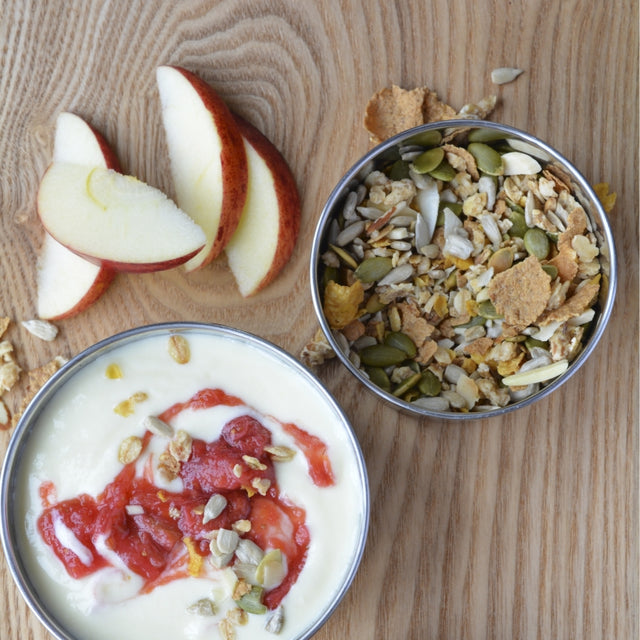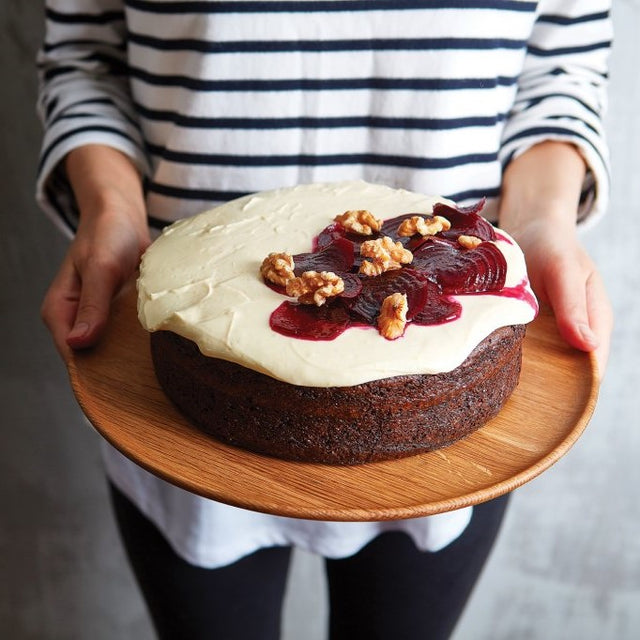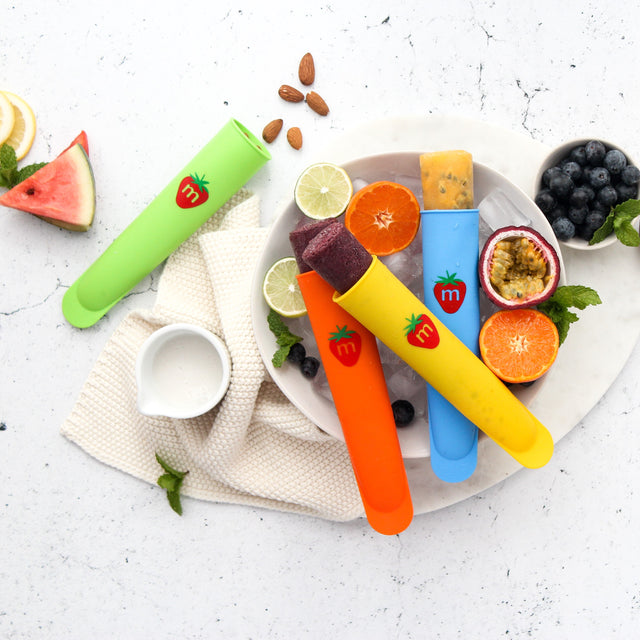Breakfast cereals are a product that come with a fair amount of packaging. Many families can get through lots of packets of cereal per week. Making your own cereals like this easy homemade muesli is a great way to reduce packing waste. The core ingredients for this can all be bought in bulk using reusable containers or packaging.
Ingredients
- 3 cups rolled oats
- 1/4 cup sunflower seeds
- 3/4 cup nuts (eg slivered almonds, chopped hazelnuts or brazil nuts)
- 1/2 cup dessicated coconut
- 1/4 cup pumpkin seeds
- 1/2 cup honey
- 2 tbsp canola oil
- 1 cup dried fruit (eg apricots, chopped or sultanas, raisins, craisins, blueberries)
Steps
- Preheat oven to 180°C. Cover 2 baking trays with baking paper and set aside.
- In a small saucepan, add honey and canola oil. Bring to the boil and simmer for 3 minutes.
- In a large bowl combine all the oats, seeds, nuts and coconut. Pour the honey and oil mixture in and stir to coat.
- Pour onto the lined trays and bake for 15 minutes. Stir every 3-4 minutes.
- Allow to cool after toasting and stir through the dried fruit.
Why not make a compote from our Munch Lunchbox Cookbookto go with the muesli, along with some fresh cut apples. You will find that most kids will enjoy a cut up apple for breakfast or as a snack. But make sure you find fresh crispy apples as no one likes an old soft apple!
Other easy homemade muesli recipes by Munch include our seeded Weetbix Granola recipe.





